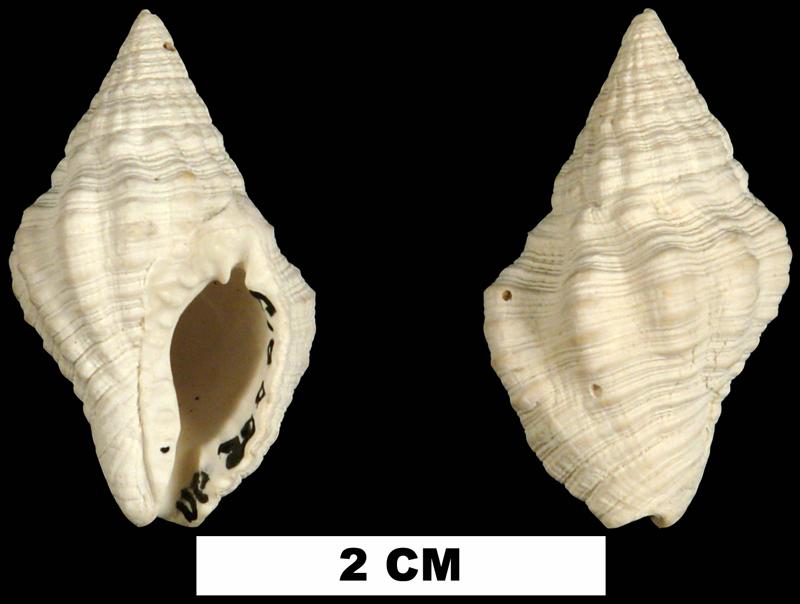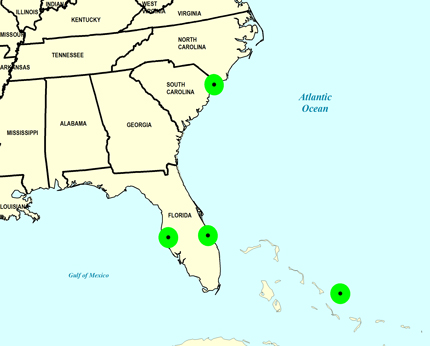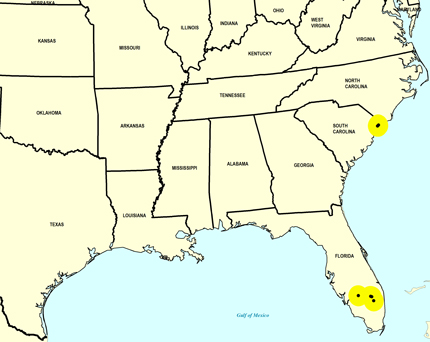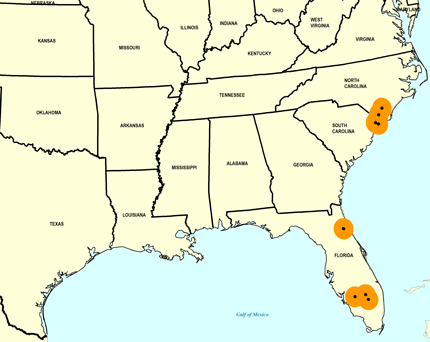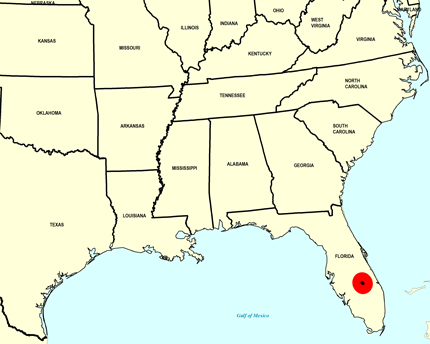
Gemophos tinctus
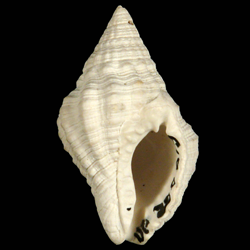
- Phylum: Mollusca
- Class: Gastropoda
- Order: Neogastropoda
- Family: Buccinidae
- Genus: Gemophos
- Species: Gemophos tinctus (Conrad, 1846)
Geological Range
Late Pliocene to Late Pleistocene; Recent.
Paleogeographic Distribution
Venezuela to North Carolina.
Remarks
For information on the modern distribution of the species, see Malacolog and WoRMS.
Original Description (from Conrad, 1846, p. 25):
"Short, subfusiform; whorls 7, somewhat channelled or contracted above; longitudinal ribs large, remote; revolving lines robust, alternated with fine lines; lines of growth well defined, becoming prominent wrinkled lines on the spire; color greenish-white, varied with large irregular brown or ferruginous spots; aperture half the length of the shell; labrum striated within, margin plicated; labium with a prominent fold near the summit, and somewhat corrugated towards the base.
Locality. Mouth of Manatu river, of Tampa Bay, Florida, inhabiting sand bars."
To access this description in its original formatting through the Biodiversity Heritage Library, click here.
Stratigraphic Occurrences
- Late Pleistocene
- Anastasia Formation (S. FL)
- Fort Thompson Formation (S. FL)
- Grotto Beach Formation (French Bay Member) (San Salvador Island)
- Pamlico Formation (SC)
- Middle Pleistocene
- Bermont Formation (S. FL)
- Canepatch Formation (SC)
- Early Pleistocene
- Abisinia Formation (Venezuela)
- Caloosahatchee Formation (S. FL)
- Nashua Formation (N. FL)
- Waccamaw Formation (SC, NC)
- Late Pliocene
- Tamiami Formation (Pinecrest Beds) (S. FL)
